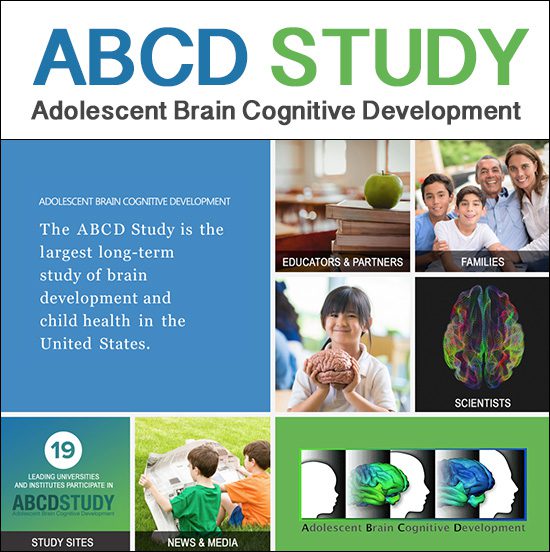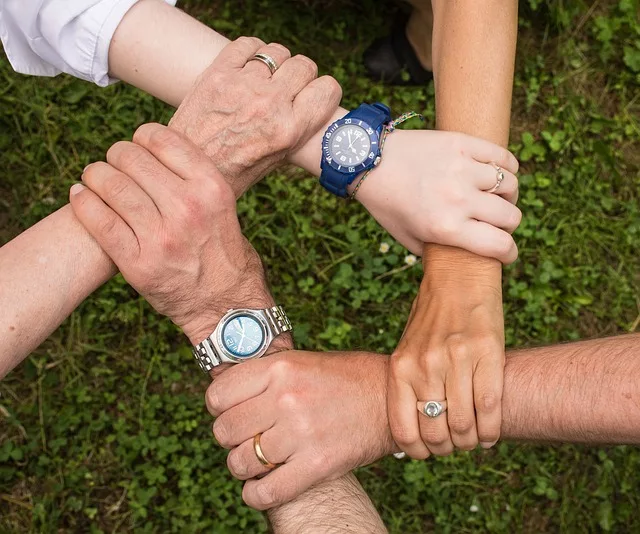A landmark study began recruitment in September 2016 of 10,000 healthy children between the ages of nine and 10-years-old. The Adolescent Brain Cognitive Development Study, aptly abbreviated the ABCD Study, will follow participants into young adulthood, making it the longest and most thorough data available on the developing brain.

The initial focus of the research centered on tracking adolescents before they began using substances – alcohol, marijuana, nicotine and other drugs – through the period of highest risk.
However, the scientific community realized, as the study’s website writes, “substance abuse is only one part of the larger picture of adolescent development.”
What evolved is the single biggest collaboration between government agencies, including the National Institutes of Health (NIH), National Cancer Institute (NCI) and National Institute on Drug Abuse (NIDA), as well as privately funded medical centers.
What are the Goals of the Adolescent Brain Cognitive Development Study?
- Map developing brains with extraordinary accuracy
- Gather data on the interaction between environment and biology, how these factors relate to physical health, mental health and academic and life achievement
- Examine the onset and development of mental disorders
- Track and determine how alcohol or drug abuse, as well as new methods of their delivery, such a vaping or dabbing, affect development
- Gain a greater understanding on the impact of state and local policies legalizing or decriminalizing different drugs, such as marijuana, on adolescent substance abuse and overall development and health
- Observe how other elements, such as the amount of time in front of television or computer screens, the amount of sleep and even sports injuries, impact cognitive development in teenagers moving into young adulthood
Why is the ABCD Study Important?
“We know the brain is still developing well into the mid-20s making it vulnerable to a host of influences,” Dr. Francis Collins, NIH director, said in NIDA’s news release.
Risk taking behaviors commonly begin during those sometimes-difficult teenage years, which is also a period of rapid cognitive development. In some respects, brain development and adolescence mirror one another.
Though a person’s brain might have reached full size by late adolescence, it is still developing connections and wiring.
This is most notable in the prefrontal cortex, the area of the mind where rational decision-making is at work. Continued teenage substance abuse is a very serious concern since it has been shown to interfere with the brain’s ability to develop.
According to recent studies, the brain does not come to full maturity until around the age of 25.
Dr. Collins is hopeful that over the next ten years the ABCD study will provide “…greater insight into what helps adolescents traverse that potentially tumultuous time to become healthy and productive adults.”
Recruitment for the ABCD study is by no means over. The coordinating center is headquartered at the University of California San Diego and there are 21 different study sites around the country.
For the next two years, researchers will be seeking qualified families to volunteer for this groundbreaking journey into the minds of the next generation.
Related:
Teen Skittles Parties Aren’t What You Might Expect
Straight Up “Reality Parties” For Parents of Teenagers
7 Designer Drugs Parents Should Know About





